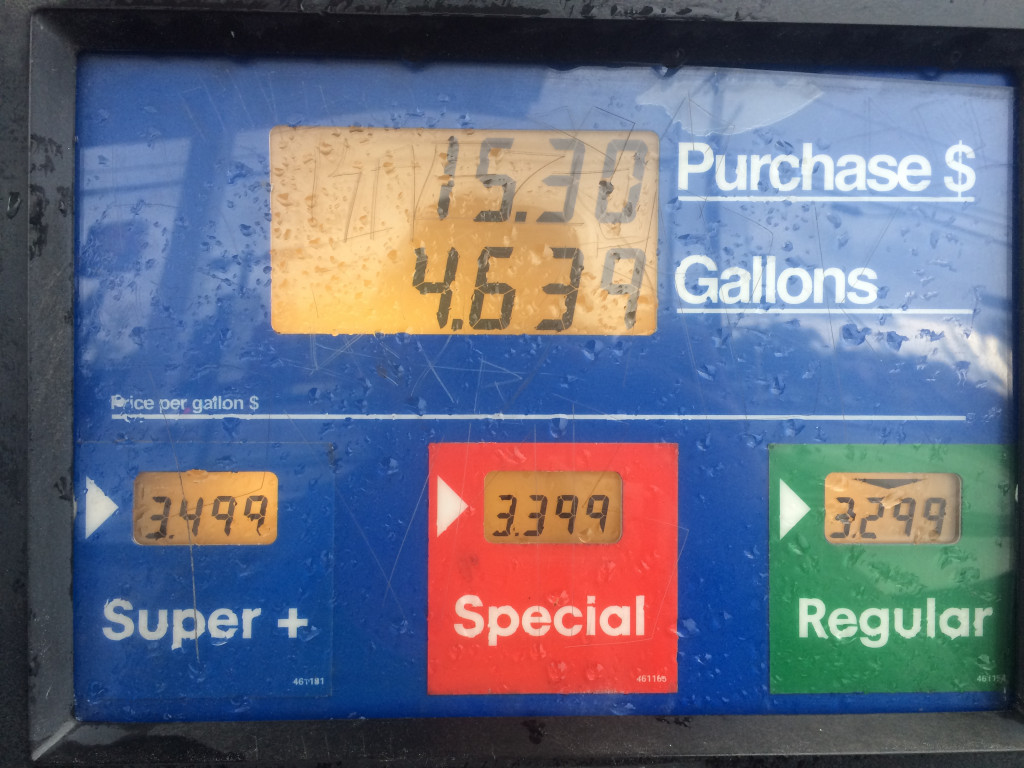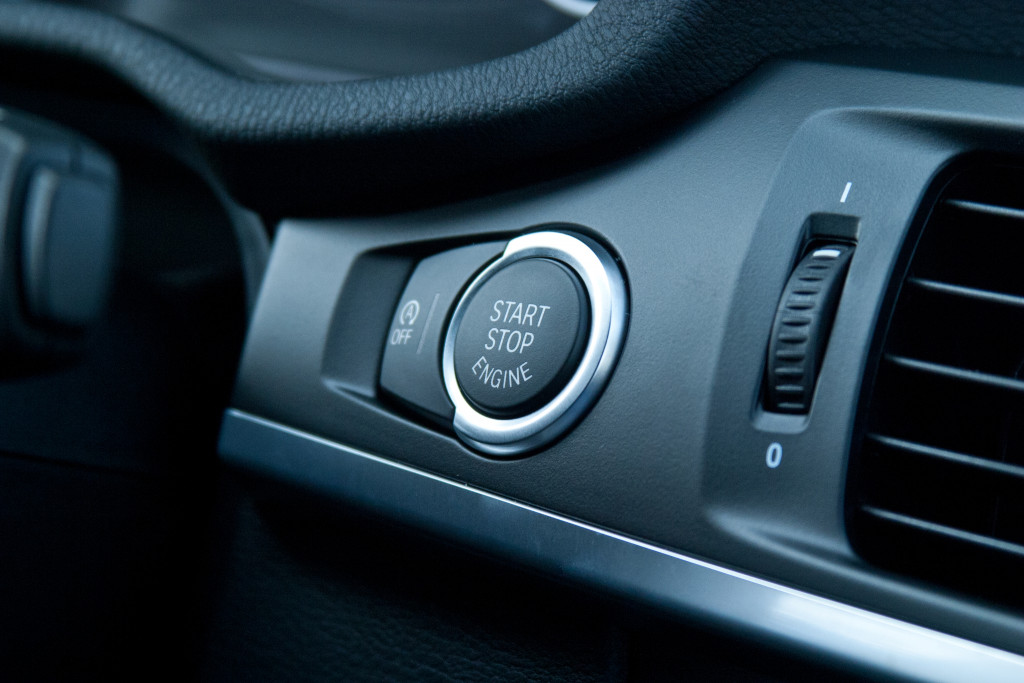- Consider alternate modes of transportation to save on business vehicle costs.
- Look into fuel-efficient options when investing in a new vehicle.
- Stay on top of regular maintenance for the engine, tires, brakes and glass.
- Shop around for insurance policies and take advantage of tax deductions.
- Smart money management can help you get the most out of your business vehicle.
Many business owners rely on their vehicles to get the job done. Whether it’s shuttling goods from one location to another or simply getting to and from client meetings, a car can be an invaluable asset for your business. However, managing the costs of owning and operating a vehicle can be challenging. The costs associated with a business vehicle can quickly add up, from fuel to maintenance fees and insurance premiums. Here are five tips that you should keep in mind when it comes to managing the costs of your business vehicle.
1. Consider Alternate Modes of Transportation
If you’re looking for ways to reduce the cost of operating a vehicle for your business, you may want to consider alternate modes of transportation. For instance, you can take public transportation or a ride-sharing service instead of using your vehicle. In some cases, this could be a more affordable option than relying on your car for every trip.
2. Look into Fuel Efficient Options

When it comes time to invest in a new vehicle for your business, look for fuel-efficient options that can save you money at the pump. Consider vehicles with smaller engines and hybrid technology, which tend to be more fuel-friendly. Also, pay attention to the type of fuel that the manufacturer recommends — premium gasoline tends to cost more than regular unleaded, so opting for a vehicle designed for cheaper fuel might help reduce costs over time.
3. Stay on Top of Maintenance
Regular maintenance is essential for keeping your vehicle in good condition and running as efficiently as possible. This includes regularly changing the oil, checking fluid levels, replacing filters, and inspecting belts and hoses. Additionally, it would help if you had a professional inspect your car periodically to ensure that everything is in good working order and identify any potential issues before they become costly repairs.
Here are just some of the most critical parts of your vehicle to maintain:
Engine
Issues with your engine can range from poor performance to complete breakdown. Keeping up with regular oil changes and engine inspections helps you keep your car running longer and more efficiently. Engine problems can also lead to accidents on the road when left unchecked, so it’s always best to stay ahead of the game.
Tires

Age, wear, and weather all play a role in tire performance. Make sure that your tires are filled to the correct pressure levels, and consider investing in winter or all-season tires, depending on the area you’re driving in. You should also consider the frequency of use, terrain, and other factors that may increase wear and tear on your tires.
Brakes
Your brakes are your car’s most crucial safety feature, so it’s important to make sure that they’re in good condition. Have a professional check your brake pads and rotors regularly and replace them as needed to avoid costly repairs later on. Brake systems in poor condition can cause dangerous accidents, so staying on top of their maintenance is important.
Glass
You should regularly inspect your car’s windows, windshield and mirrors for chips and cracks. These can quickly turn into more expensive repairs if left untreated. If you can spot any chips in the glass smaller than the size of a quarter, you can still utilize windshield repair to avoid costly replacements. However, for bigger cracks, it’s typically better to replace the glass. Also, make sure to take care of your windshield wipers, as they’re essential for good visibility and safety in adverse weather conditions.
4. Shop Around for Insurance
Insurance can be one of the most significant expenses associated with owning a business vehicle. Shopping around for insurance policies is one way to reduce this cost. Look online for quotes from reputable companies and compare the coverage options available to get the best deal possible. Also, look into bundling other insurance policies, such as homeowners or renters coverage, which can give you a discount on your auto policy.
5. Take Advantage of Tax Deductions
Sometimes, the cost of owning and operating a business vehicle may be tax deductible. Talk to an accountant or financial advisor to discuss the specific tax deductions you’re eligible for to save money come tax time. If you want an electronic vehicle for your business, you can also look into federal tax credits for electric vehicles to help reduce the cost. EVs and other fuel-efficient cars may also be eligible for state or local incentives, so make sure to look into those as well.
In Summary
These are just a few tips to help you manage the costs associated with your business vehicle. With careful planning and intelligent money management, you can ensure your car serves its purpose without breaking the bank. By following these steps, you’ll have no problem keeping your transportation expenses in check and getting the most out of your vehicle.



